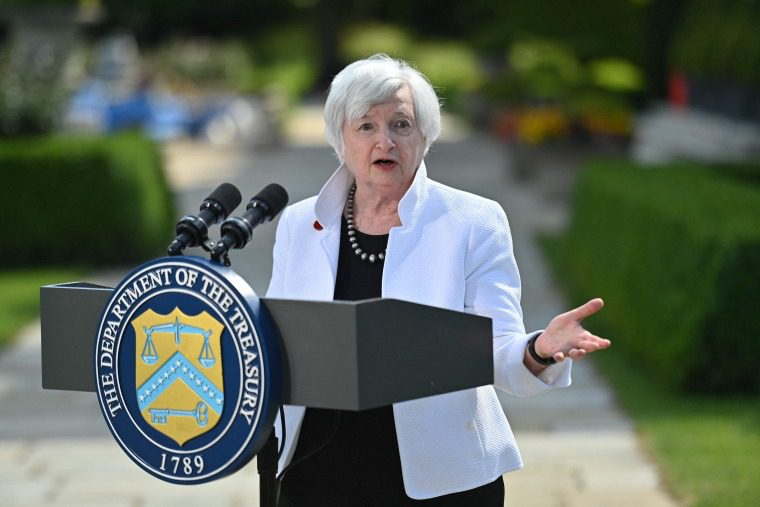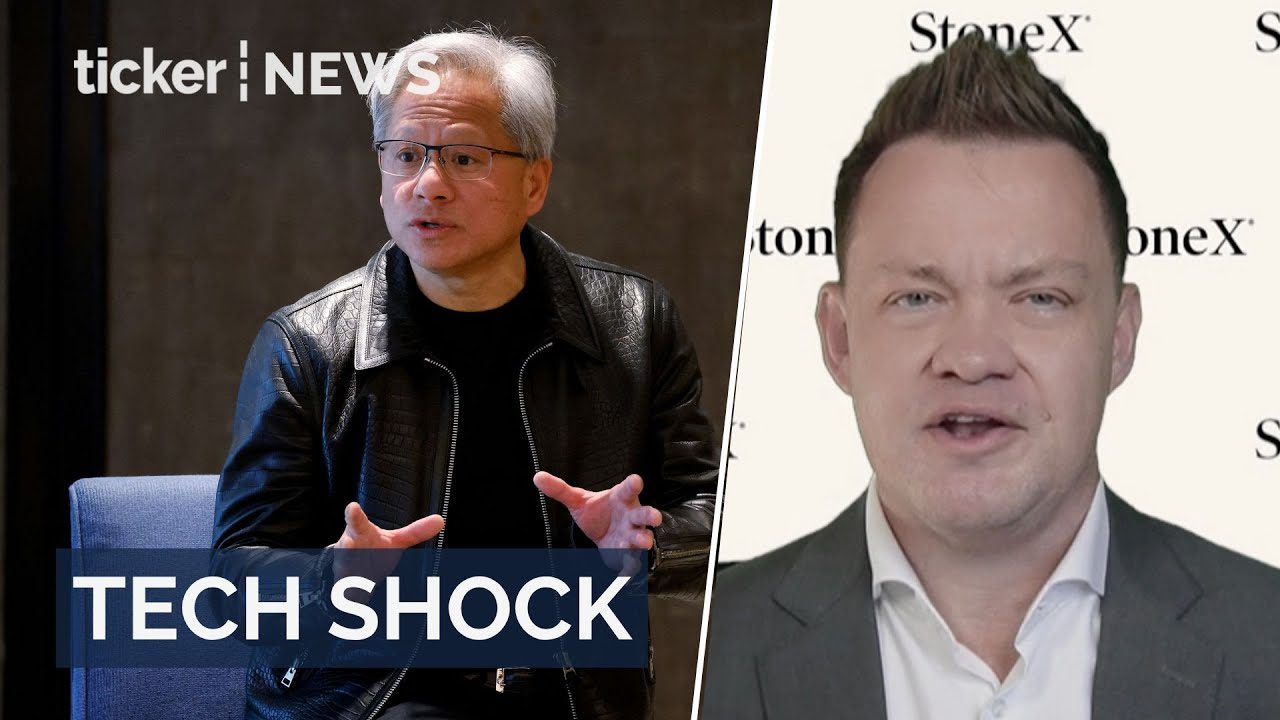News
What is the U.S. debt ceiling and why it’s important

News
Senate clears Epstein files release despite White House push
Senate upholds vote to release Epstein files despite White House delay attempt; Trump signals intent to sign bill.
News
Nvidia earnings shake tech stocks as ASX heads into Christmas
Nvidia’s earnings spark sharp market reactions, prompting investor concerns for tech stocks and volatility ahead of year-end trading.
News
Tech stocks on edge ahead of Nvidia
Nvidia’s earnings report could impact tech sector trends, prompting analysis of profit-taking versus deeper market concerns.
-



 Shows3 days ago
Shows3 days agoKnowing when to walk away in real estate deals
-



 News3 days ago
News3 days agoTrump-Xi APEC talks stir Taiwan concerns
-



 News3 days ago
News3 days agoAustralia’s top-selling ute is finally going electric
-



 News1 day ago
News1 day agoMicrosoft and Nvidia invest heavily in Anthropic
-



 Leaders2 days ago
Leaders2 days agoWealth building requires discipline over chasing returns
-



 News3 days ago
News3 days agoAre Australia’s streaming rules going too far?
-



 News2 days ago
News2 days agoU.S. shutdown ends: what’s next?
-



 News2 days ago
News2 days agoTrump Threatens $5B BBC Lawsuit






